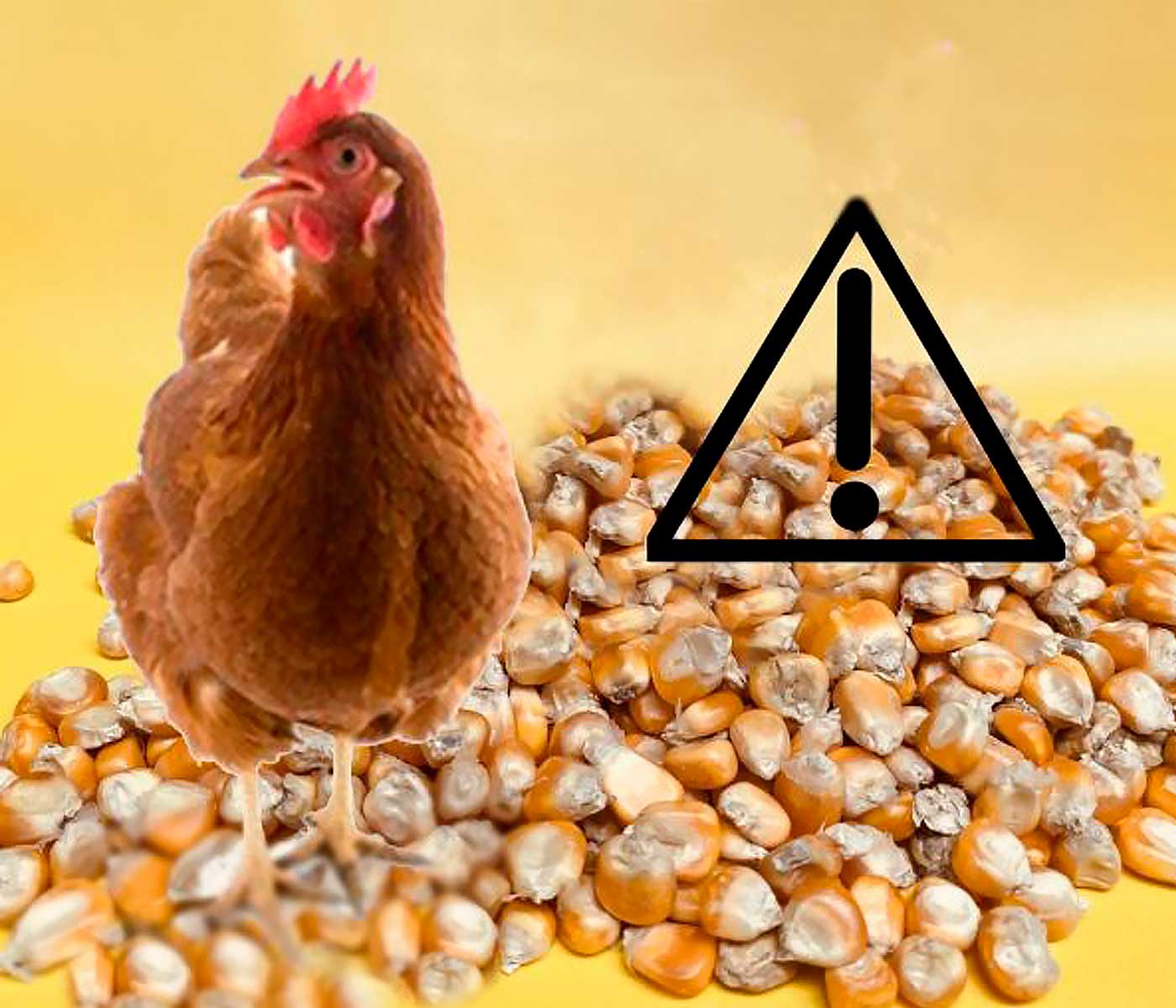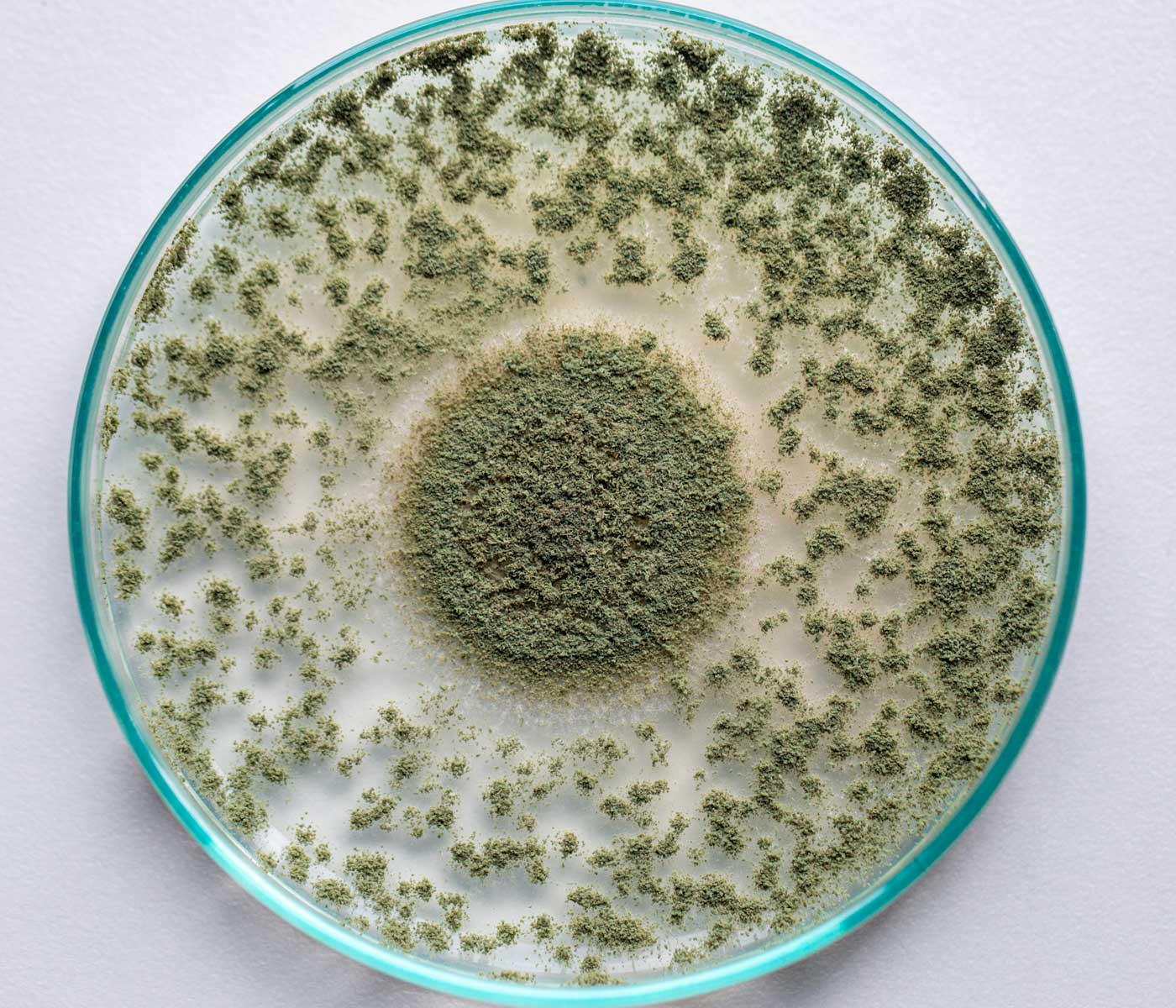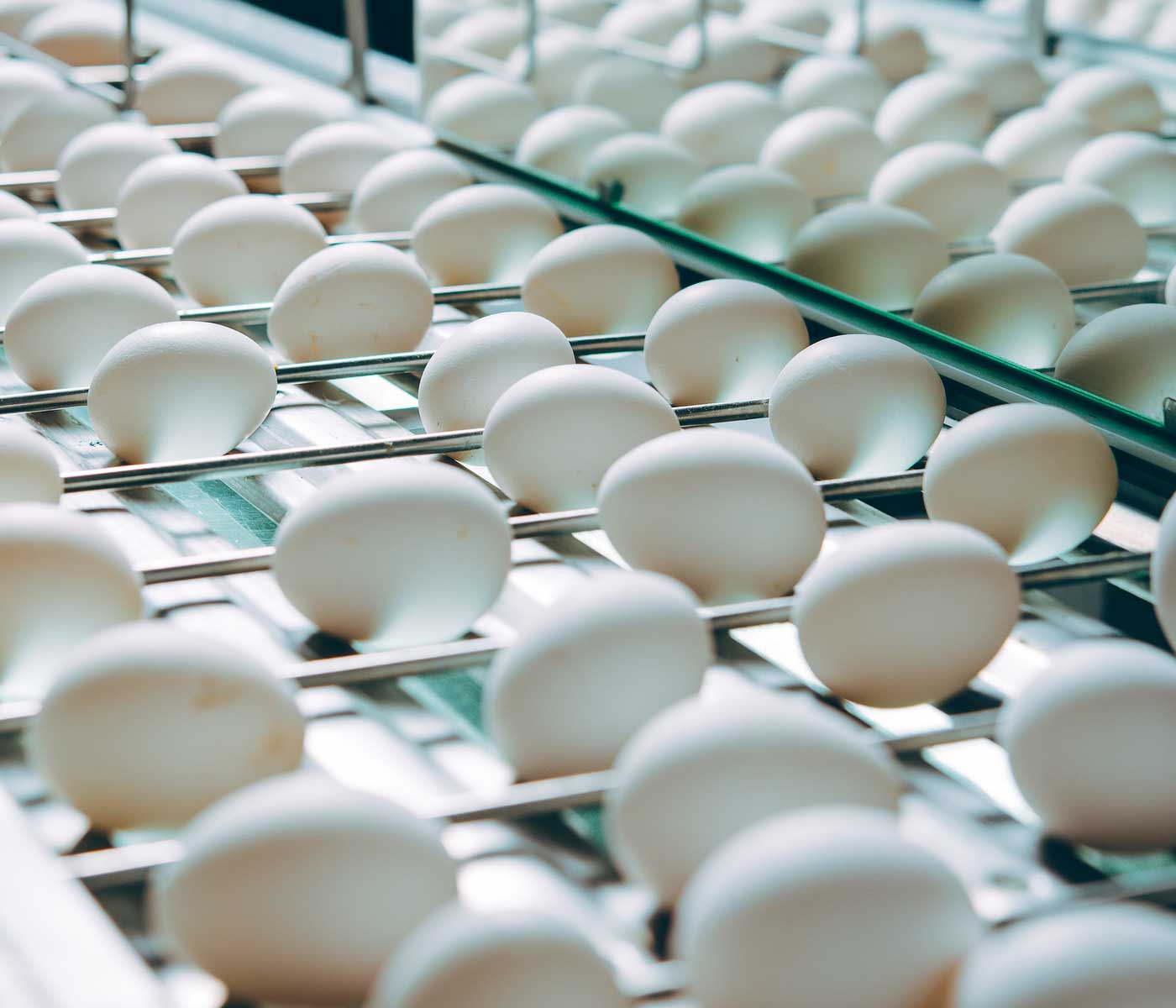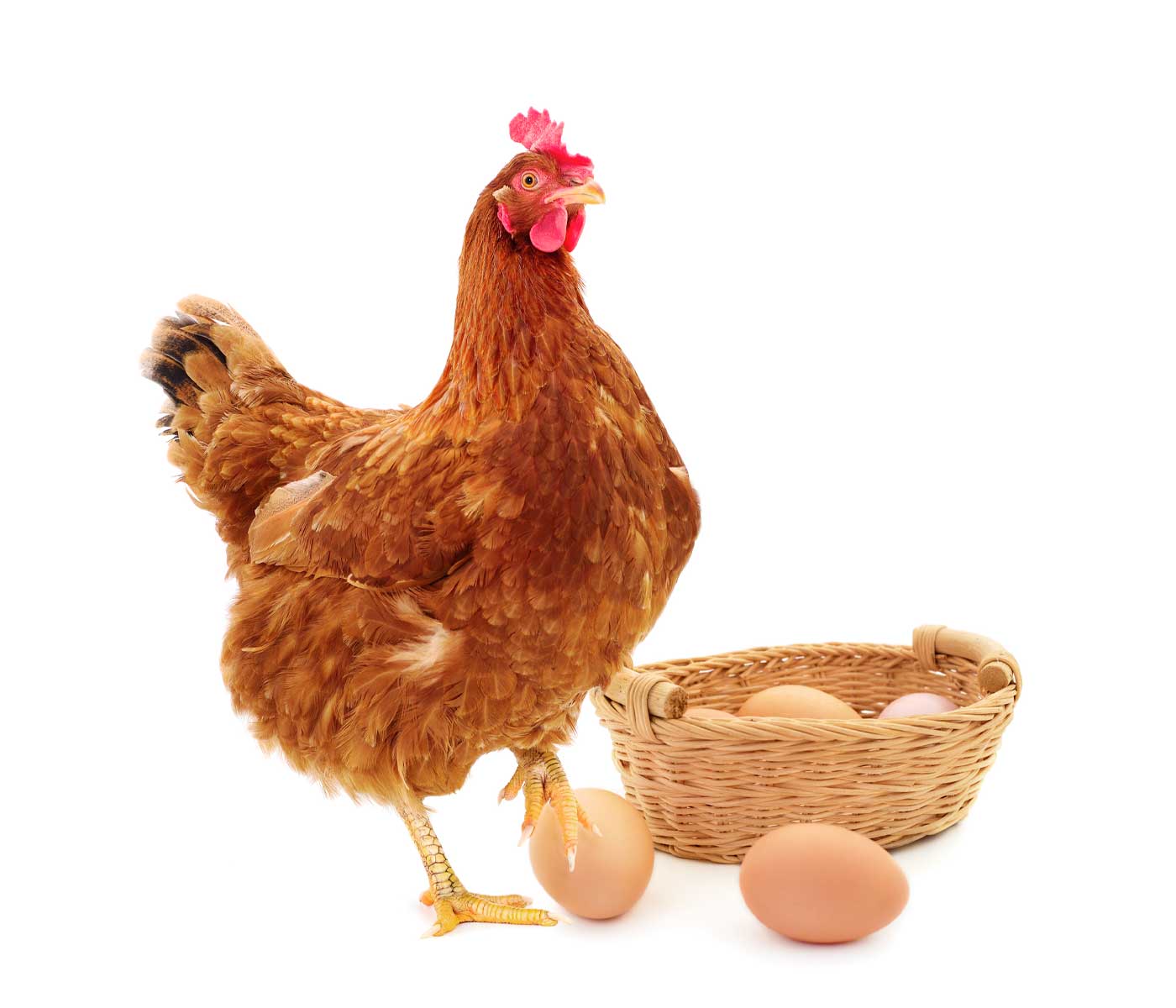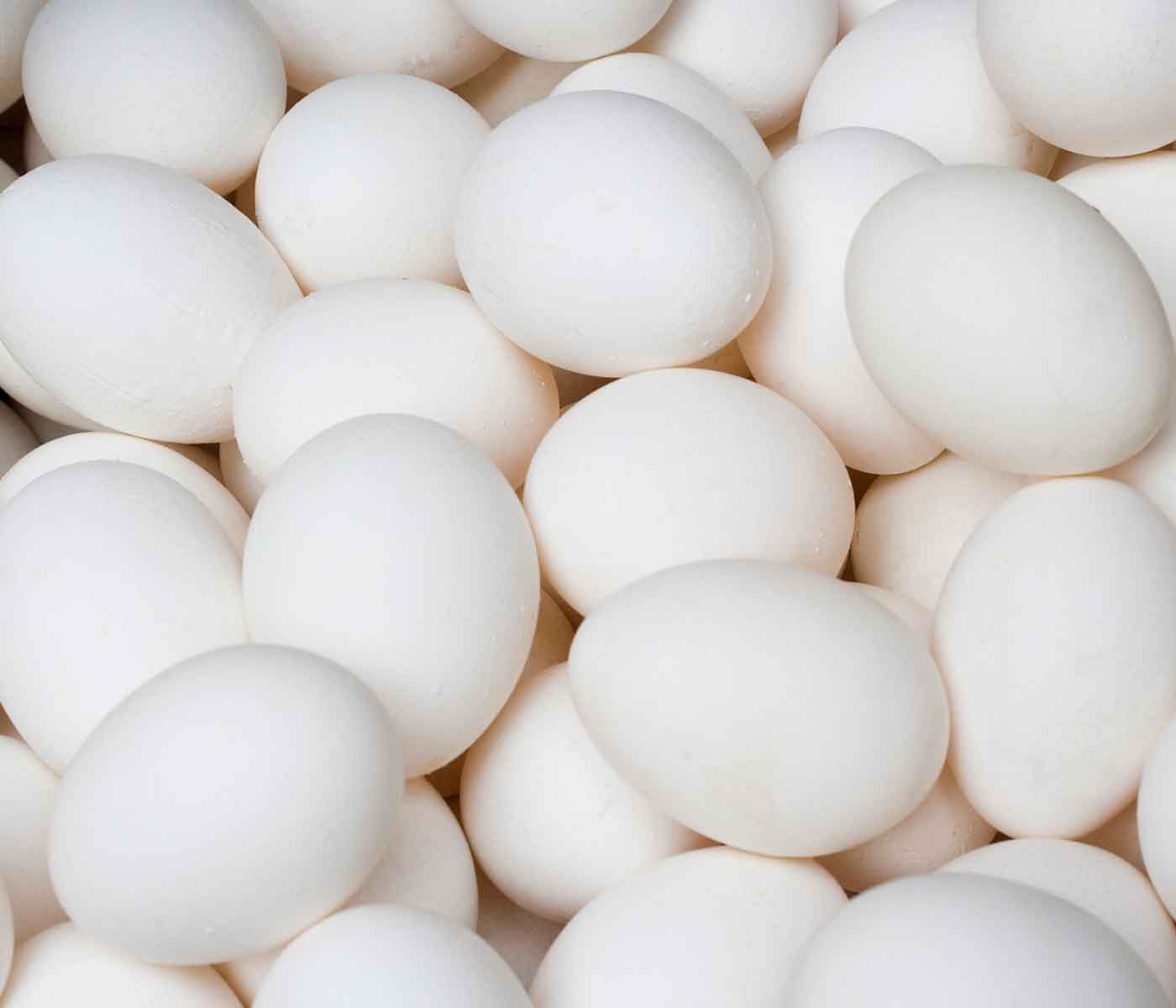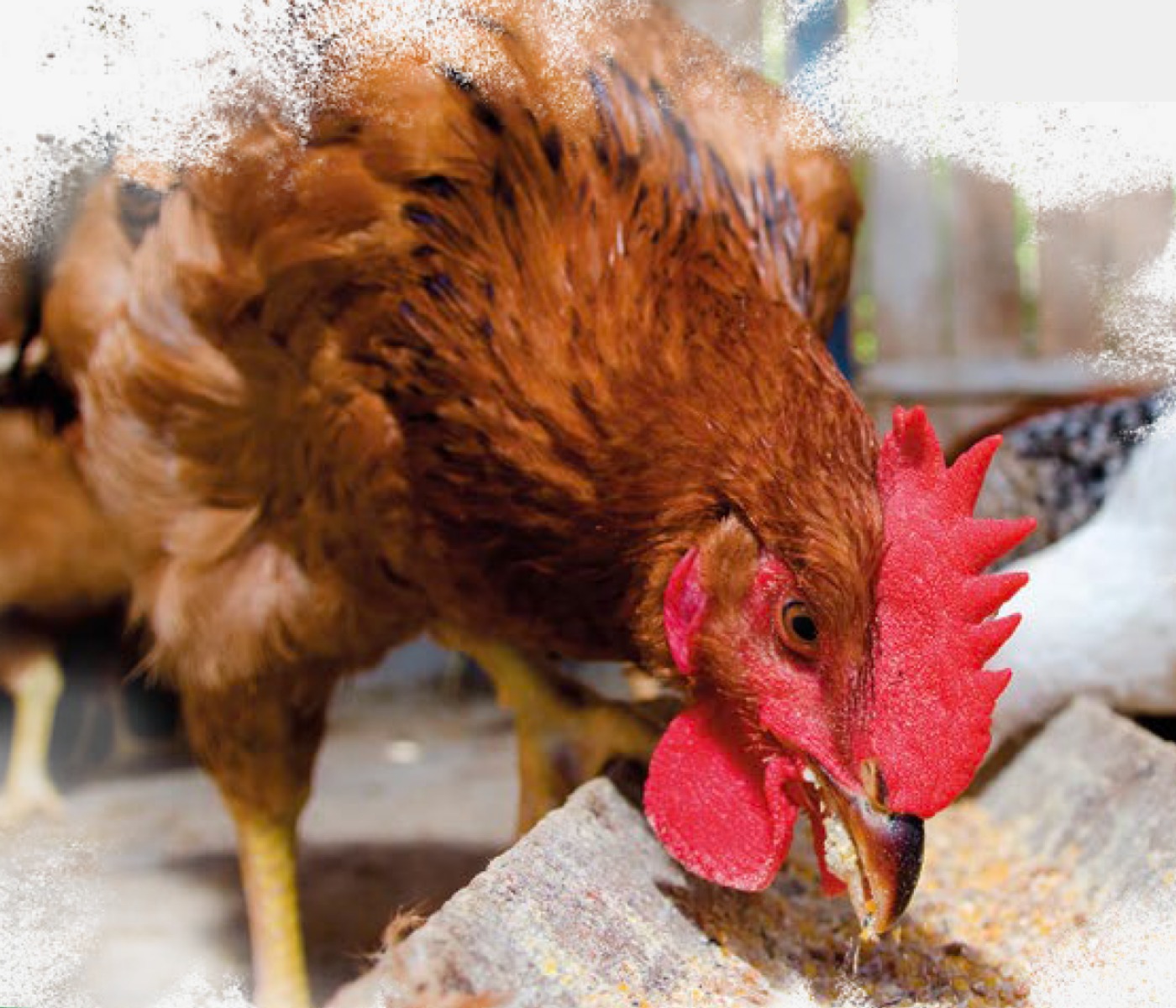Mycotoxins
Nutrition, for most species, has reached levels of improvement in recent years that have translated into excellent productive results in animal production. Adequate nutrition, appropriate management, controlled health and good genetics have led to the emergence of other limiting factors with an impact on activity that were previously not observed.
Mycotoxins are part of these new challenges, for economic and public health reasons, they have become one of these factors that receive more and more attention.
- Mycotoxins are part of these new challenges, for economic and public health reasons, they have become one of these factors that receive more and more attention.
The presence of mycotoxins in raw materials is not homogeneous, most of the time being in less than 0.001% of the grains.
A very minute presence that is counted as a concentration in parts per billion (ppb) or million (ppm) which in corn, for example, represents the equivalent of the weight of 1 grain in a total mass of approximately 350 tons.
These circumstances alone represent an unsolved problem in the accurate diagnosis of mycotoxins.
Therefore, decision-making on the possible procedures to use in the reception of cereals and in the food transformation chain generates a certain degree of uncertainty (Whitaker et al. 2011).
Given that the decision on its destination and the control measures to be taken on that raw material or balanced feed will depend on the results of the analysis, the collection of the sample represents the most critical step of the process and must be treated with a greater degree of attention than, for example, samples taken for humidity evaluation.
Below, we outline some of the steps between harvesting and the food production process in which sampling can be performed.
Sample collection for mycotoxin control is the most critical step in the process and must be treated with a greater degree of attention.
SAMPLING STAGES
AT THE TIME OF HARVEST
Taking samples at this time has the advantage of obtaining information in advance and allows decisions to be made, with sufficient advance notice, about the destination of the cereals.
Although the need for ultra-rapid analytical detection methods prevents their use, with the exception of high added value products, which in most cases are not the raw materials used in animal feed.
IN THE GRAIN RECEPTION UNIT
The use of diggers such as the manual shovel, in the first instance, is the most used way to take samples in most small units.
It is essential in the collection to do it at least in 6 or 10 points depending on the size of the truck, with its collection always being uniform throughout its load following the indications described in figure 1 (Mallmann et al. 2013) Figure 1. In the Using pneumatic drills the same rules must also be followed.
ON DOWNLOAD PLATFORMS
Collecting samples during raw material unloading has its advantages and disadvantages.
- Extraction speed
- Better uniformity since picking occurs while the material is moving
- Difficult to separate the different batches of cereals because they are unloaded in the same tank that may present any type of contamination
- The large number of downloads makes the process very expensive
SAMPLING IN GRAIN STORAGE UNITS
Sampling of silos and warehouses can be carried out with the use of a pneumatic probe, with which samples are collected from all profiles of the silo.
Research is currently being carried out in this area, since sampling at this point offers advance information, allowing a better allocation of raw materials and adjustments to its nutritional matrix (Mallmann et al. 2014).
IN INTERNAL TRANSPORTATION
Whole grain and ground grain sampling
The movement of raw materials within processing systems (snails, redler-type chain conveyors and conveyor belts) provides homogenization of the materials and, thanks to this, the obtaining of samples that allow a more precise evaluation of mycotoxins. .
Collecting whole grain cereal samples is many times easier, but the representativeness of the collected sample increases when the grain is ground previously; Grinding causes the grain to fragment into several particles that are dispersed, making the result more reliable.
If it is not possible to extract it before grinding, it is recommended that it be carried out on the overall sample collected, before proceeding to reduce its volume to send a smaller sample for nutritional analysis in the laboratory.
The most practical system used is hole in screw conveyor which consists of a hole at a 45 degree angle to the snail’s pitch. This system allows small portions of the raw material to be collected during the flow of the material through the spiral.
It is recommended to use the system in the transport phase, where the mixture is more homogeneous, that is, before the segregation stages. With sample collection in this dynamic process, we must respect a sample volume per batch in kg of =√(20 x tons per batch); In this way, with a subsequent sample (in the case of whole grains) we will obtain samples with greater representativeness (Mallmann et al. 2014).
Sampling of finished balanced feed
This sampling allows us to evaluate the real contamination of food intended for consumption. At this level, the sampling obtained is the one that is closest to reality for the evaluation of mycotoxin risks.
The samples collected will be the most representative because the mixing processes allow a good dispersion of the contaminated particles.
Analysis methods that use liquid chromatography (HPLC) are the only ones that have sufficient precision to assess in advance decision-making in food monitoring, but in reality the result, in most cases, is only obtained when The animals have already consumed the ration.
SAMPLING AT THE POINT OF FOOD CONSUMPTION
This type of sampling is carried out only in cases in which clinical signs compatible with the possible presence of some mycotoxicosis are presented, and it is done in a complementary manner to the diagnostic analysis or in legal situations.
In legal cases, some aspects must be observed, such as:
- They will be present at the interested parties and with witnesses
- Strict monitoring of sampling
- After the sampling procedure, they must be stored and shipped under ideal conditions for preservation and subsequent reliable use with the HPLC analysis method.
Sampling and analysis in this phase is in most cases unnecessary, since it is directly related to the frequent monitoring of raw materials in the production plant.
ANALYSIS & CONTROL STAGES
FREQUENCY OF ANALYSIS
To carry out correct monitoring of mycotoxins, the definition of the frequency of the analyzes to be carried out has the same degree of importance as the sampling described above.
The RM – Mycotoxin Risk – must be built from a history capable of showing trends and critical points. Thus, a frequency of at least one daily sample must be established.
The weekly samples – a minimum of five – will be used to establish the average contamination and the percentage of positivity that will be used in the calculation of the RM.
If you want to read the full article visit avinews.com
